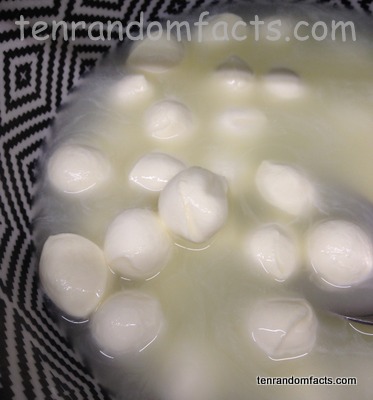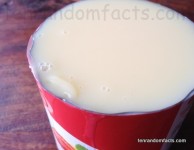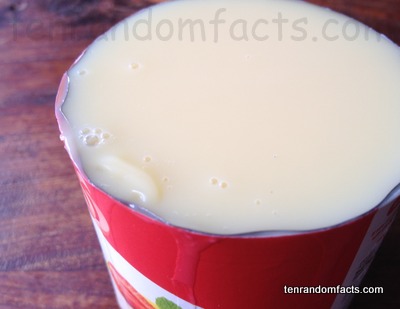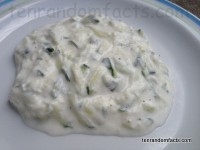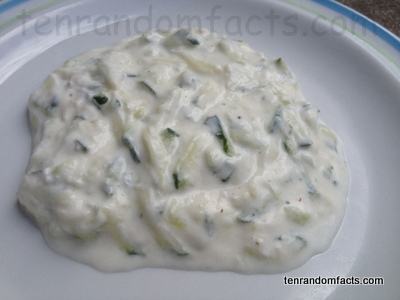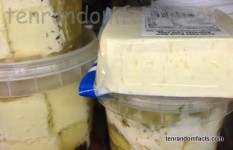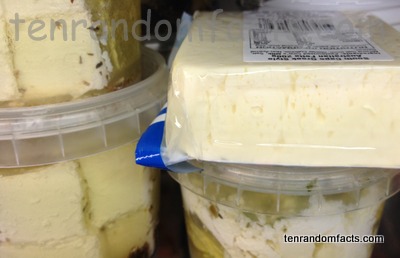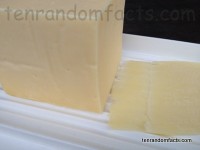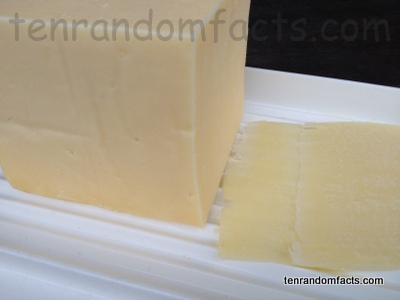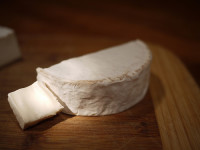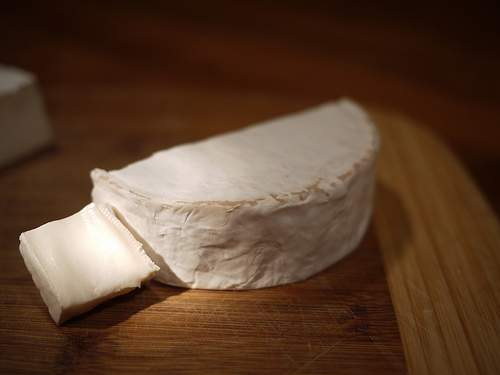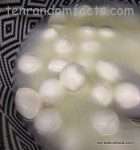
Add a touch of Italian with some bocconcini.
- Bocconcini are a type of cheese – a fairly soft, mild-tasting Italian mozzarella with a little sweetness, made from curd.
- The term ‘bocconcini’ is from the Italian language and translates as ‘little mouthfuls’, while ‘bocconcino’ is the singular form of the word.
- Bocconcini were originally produced solely from water buffalo milk, however, in modern times cow’s milk is often added to the mix or used alone.
- The colour of bocconcini are white or creamy white, and they are small and roundish in shape, having a similar appearance to peeled hardboiled eggs.
- Bocconcini are made by stretching and kneading hot curd, which is then formed into small balls.
- Bocconcini are typically stored and sold commercially in either whey or water to help maintain freshness, and should not be stored for long periods, though their life can be extended to three weeks if the water is salted and changed regularly.
- Bocconcini are to some extent stretchy in consistency as well as somewhat springy to touch, and they easily take on other flavours.
- Italy’s city of Naples in Europe is believed to be the original home of bocconcini, in the 500s AD, before it began being produced elsewhere.
- Bocconcini are commonly eaten in salads, on crackers, and in pastas, frequently accompanied with olives and/or tomatoes, and they are also used as a melting cheese.
- Bocconcini are high in calcium, and are a good source of vitamin A and protein, and they have significant levels of cholesterol.



